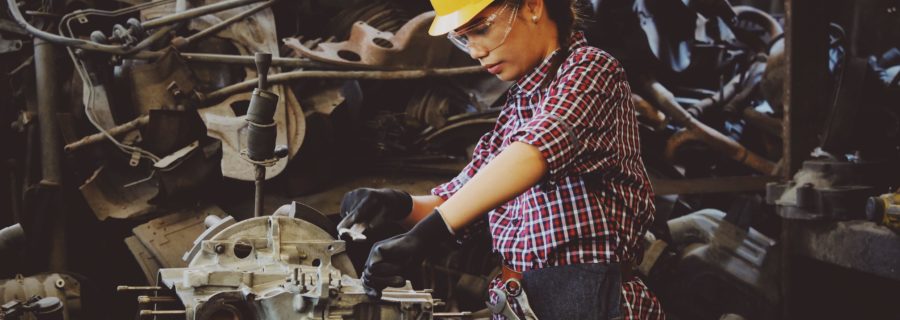If you’ve ever watched someone on the job shrug about a potentially dangerous practice and say “Eh, it’s just the way we do things around here,” you’ve had a brush with negative safety culture.
Safety culture refers to an organization’s beliefs, attitudes and values regarding safety — which develop over time from leadership, employees and work practices. Construction Safety Nova Scotia (CSNS), wants to shift the conversation from “What do I have to do?” to “What do I have to do to be safe?”
Isaac Hill, occupational health and safety advisor with CSNS, says every organization has a safety culture. Whether that culture is rooted in well-
established routines and practices, or leaves room for improvement, it’s there.
With their Safety Culture Project currently in its fourth year, CSNS created a survey to measure an organization’s safety culture, asking questions to determine what factors influence safety culture in each organization.
CSNS surveyed more than 1,700 employees with 40 different employers within the construction industry, to develop a benchmark for safety culture. Once everyone had their results, CSNS suggested short- and long-term interventions and encouraged each organization to try to improve their first measurement.
“The Safety Culture Project is about taking a different approach to safety in order to reduce workplace accidents,” says Hill. “Safety culture is not a sprint. It’s not an initiative you launch once and forget about. It is a continual process that needs to be measured regularly in order to lead your organization’s improvement.”
When an organization assesses its own safety culture, Hill says that knowledge gives them the power to identify the positive aspects they should build upon, while revealing key opportunities for improvement.
“One easy step you can take, is to consistently give positive feedback when your employees are working safely,” says Hill. “It sounds simple, but it can make a world of difference to your employees if you create a work environment where staff value and recognize safe work practices”
There are potential hazards in any workplace and no matter the industry, Hill says leadership is key in championing a positive safety culture — from senior management down to front-line management.
For more information on assessing your company’s safety culture, please visit constructionsafetyns.ca/safety-culture.
< Back to Articles | Topics: Special Feature

